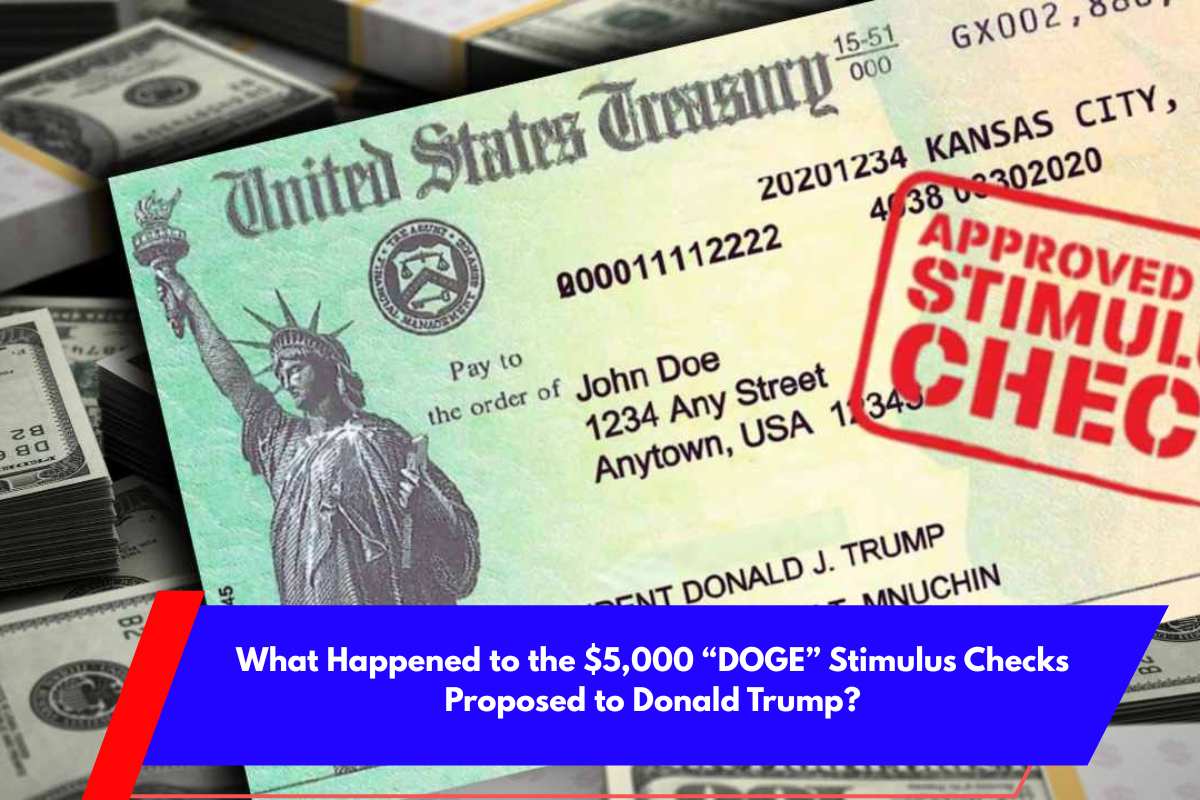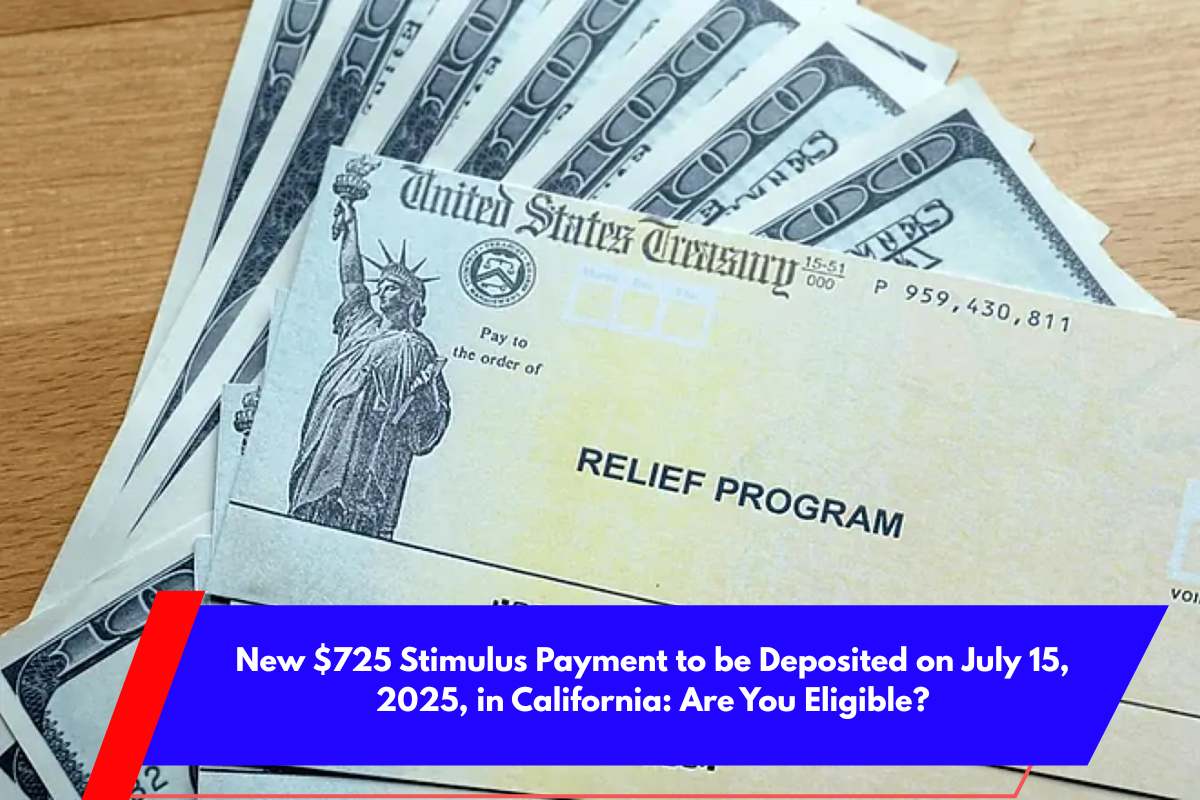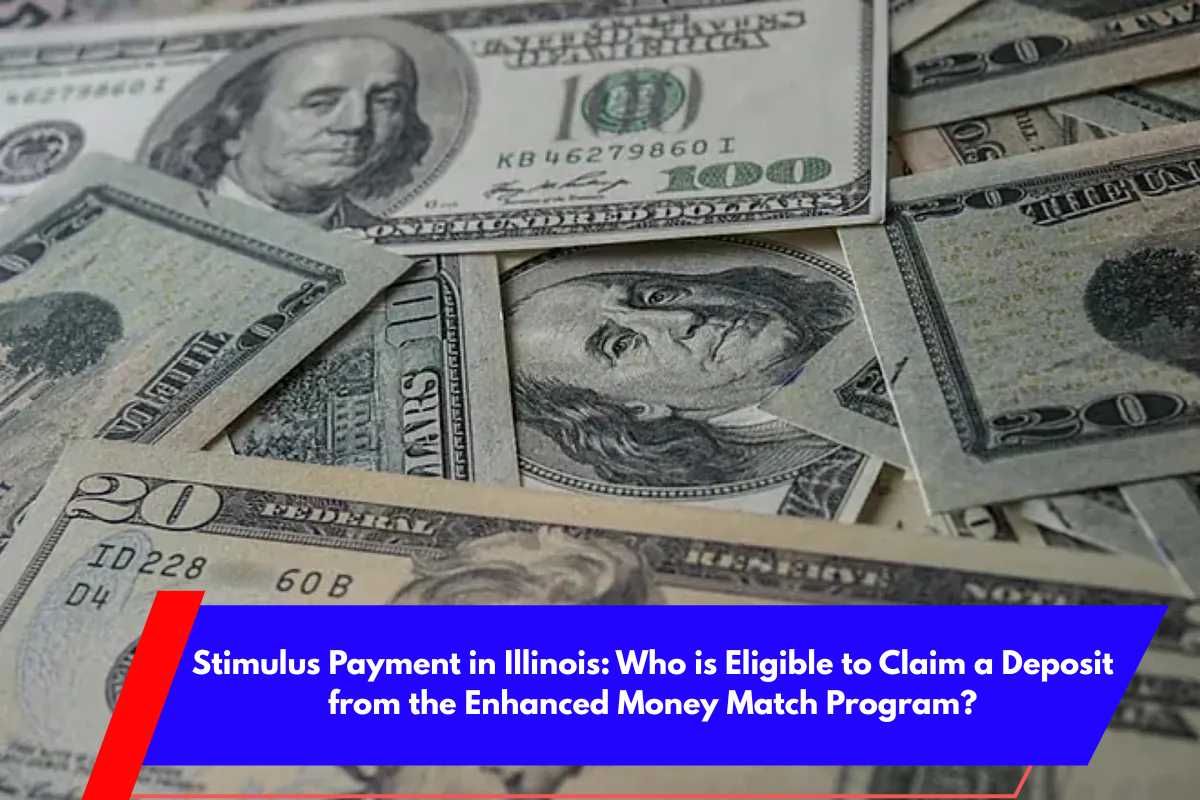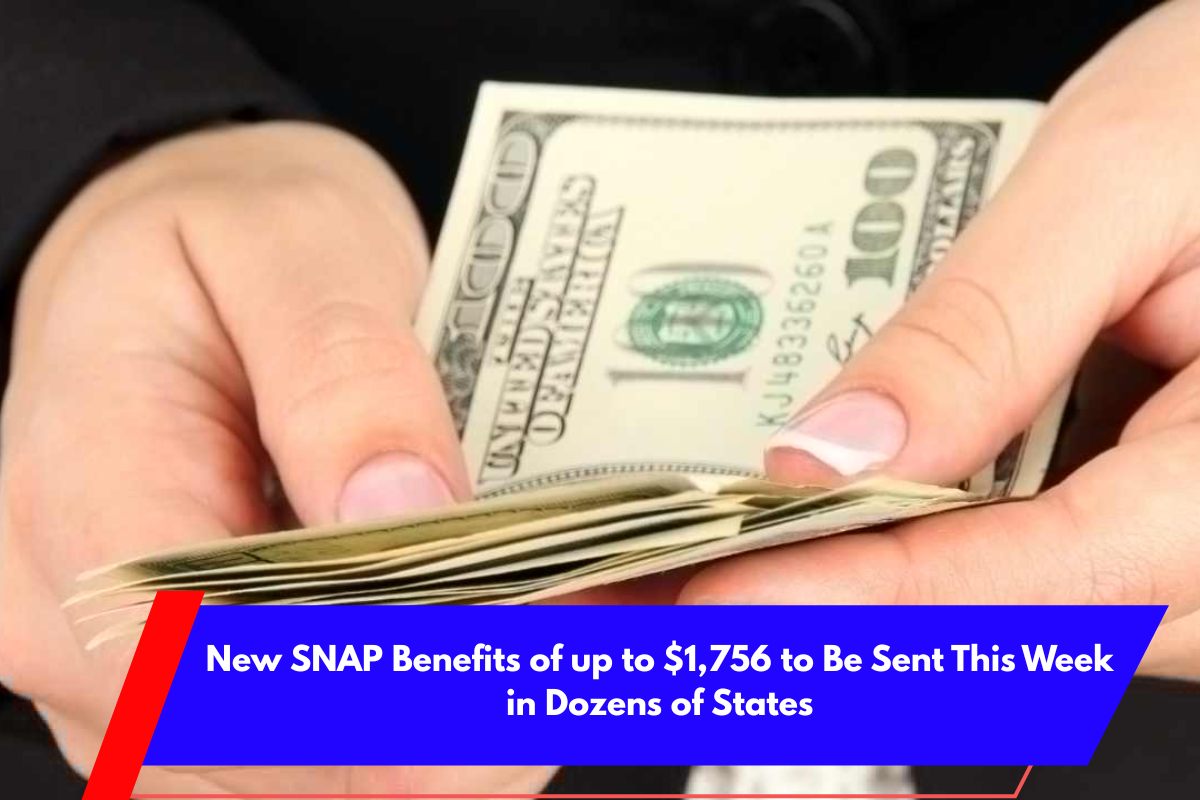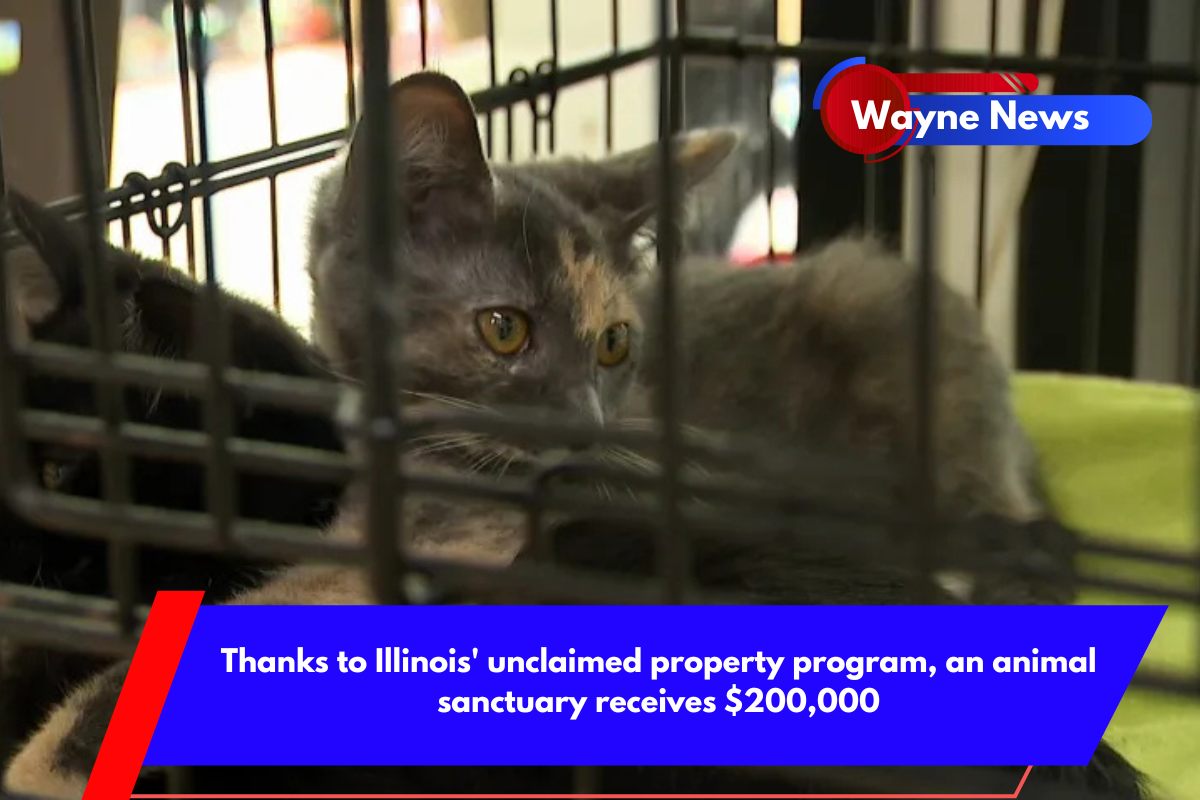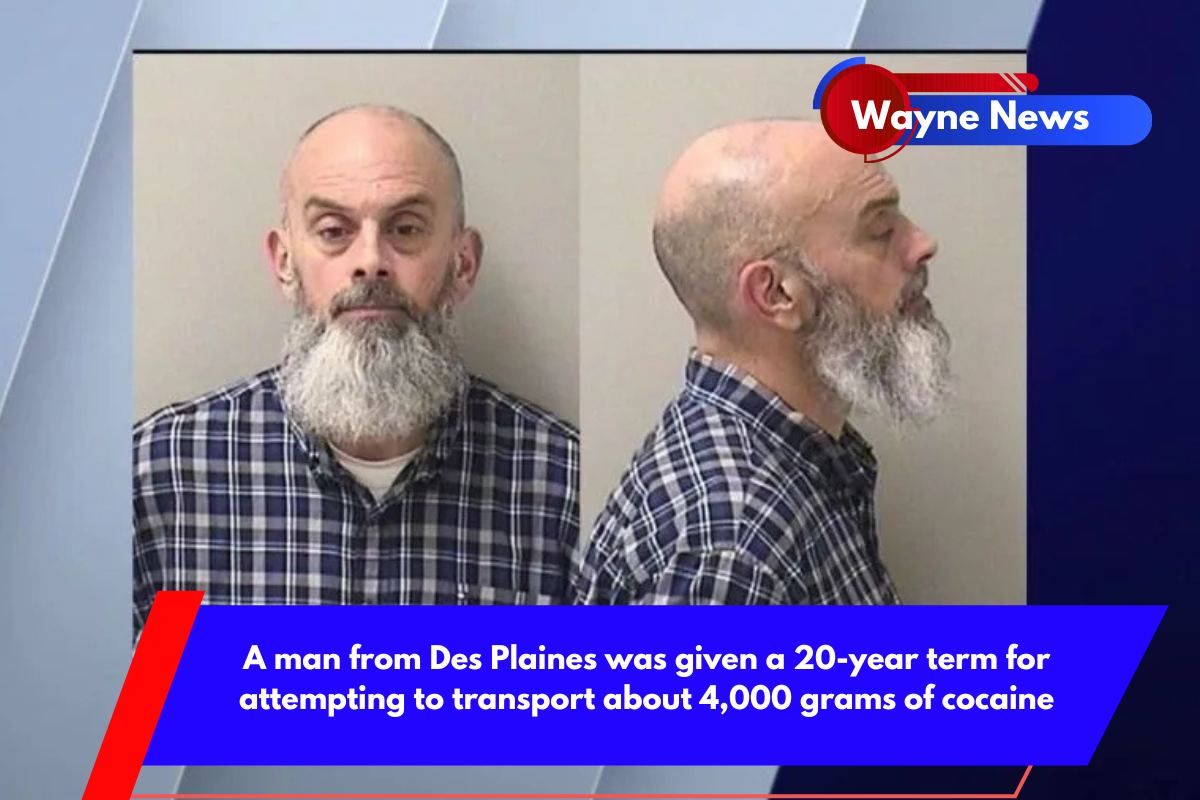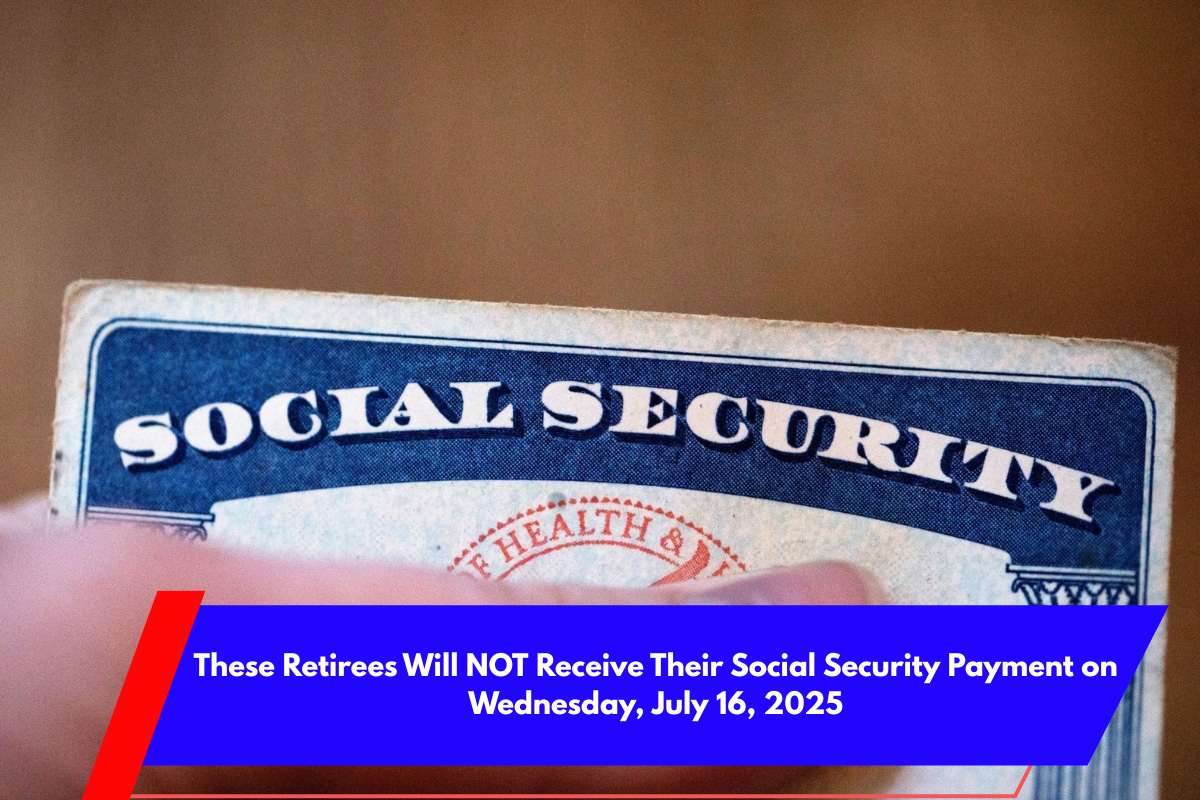In early 2025, a bold proposal called the “DOGE Dividend” generated major buzz, promising American households up to $5,000 in stimulus checks.
The plan, spearheaded by investment CEO James Fishback and endorsed by former president Donald Trump and then-DOGE head Elon Musk, aimed to distribute 20% of the savings identified by the newly established Department of Government Efficiency (DOGE).
This initiative was expected to free up a staggering $400 billion for direct payments to qualifying U.S. households.
The Grand Vision
The concept of the DOGE Dividend captured widespread attention, as Fishback projected that DOGE’s efforts could generate $2 trillion in savings within 18 months. He hoped that these savings would help fund the $5,000 payments, targeting households earning over $40,000 per year.
The proposal, which was framed as a way to return “wasted” tax dollars to the American people, promised a potential game-changer for middle-income citizens.
Trump’s endorsement of the plan at a Miami summit, combined with Musk’s tweet saying he’d “check with the President,” helped fuel the excitement.
A February 2025 JL Partners poll revealed 67% national support for the initiative, with 60% backing it from Republicans alone. The promise seemed like a win-win for many Americans, particularly those frustrated with government inefficiencies and seeking a tangible return on their tax dollars.
The Reality Sets In
However, the ambitious vision of the DOGE Dividend quickly faltered under the weight of its unrealistic assumptions. By May 2025, DOGE’s claimed savings stood at just $170 billion—far short of the projected $2 trillion.
Independent watchdog groups criticized the plan, estimating actual savings closer to $35 billion after accounting for losses due to service disruptions. Many essential services, like veterans’ healthcare and disaster response capabilities, were severely impacted.
As a result, the once-promised $5,000 checks were reduced to a theoretical $89 per household—barely enough to make a dent in the financial challenges facing many families. This massive shortfall made the plan politically untenable, especially with the national debt exceeding $36 trillion.
Political Pushback
Opposition to the plan grew as well. House Speaker Mike Johnson and Congressional Republicans denounced the proposal, calling the checks “fiscally irresponsible,” especially given the nation’s mounting debt. Johnson argued that the focus should be on reducing the deficit, not handing out checks.
“Our brand is fiscal responsibility. We have to pay the credit card,” he stated, urging that any savings should first be used to address the national debt.
Economists, including Jessica Riedl, also voiced concerns about the potential for inflation to reignite if the stimulus checks were issued. Riedl and others pointed out that sending out such checks during a period of $3 trillion annual deficits would be irresponsible.
The Fall of DOGE and the Abandoned Dividend
The DOGE Dividend plan quickly ran into numerous roadblocks. Key mandatory spending programs like Social Security, Medicare, and defense, which make up a significant portion of the federal budget, were exempt from DOGE’s cuts.
This rendered the $2 trillion savings goal virtually impossible from the start. Riedl had warned early on that the plan’s savings targets were unachievable—a prediction that proved to be accurate.
In April 2025, the plan suffered another blow when Elon Musk, its most influential advocate, abruptly stepped down from his role at DOGE. Musk’s silence on the dividend following his departure signaled a lack of support, and the initiative lost much of its political momentum.
James Fishback attempted to salvage the plan by suggesting that the total savings could amount to $500 billion, which would result in $1,250 per household—but by then, the public’s enthusiasm had waned.
The Quiet End of the Plan
By late spring 2025, the Trump administration quietly dropped any mention of the DOGE Dividend. Instead, the focus shifted to extending the 2017 tax cuts, leaving behind the promise of the stimulus checks.
The ambitious proposal, once touted as a bold solution to government inefficiency and a way to return taxpayer dollars to the people, ended up as another unfulfilled policy gesture in the long history of ambitious but ultimately unrealistic plans.
No New Stimulus Checks
As it stands, American taxpayers will not be receiving the promised $5,000 checks, nor will the massive savings have any impact on reducing the national debt.
The DOGE Dividend is now just another example of how quickly grand political proposals can fade, leaving questions about the feasibility of such sweeping ideas and the dangers of overpromising in pursuit of political capital. For now, there are no new federal stimulus checks on the horizon, like those sent out during the pandemic under Presidents Trump and Biden.
